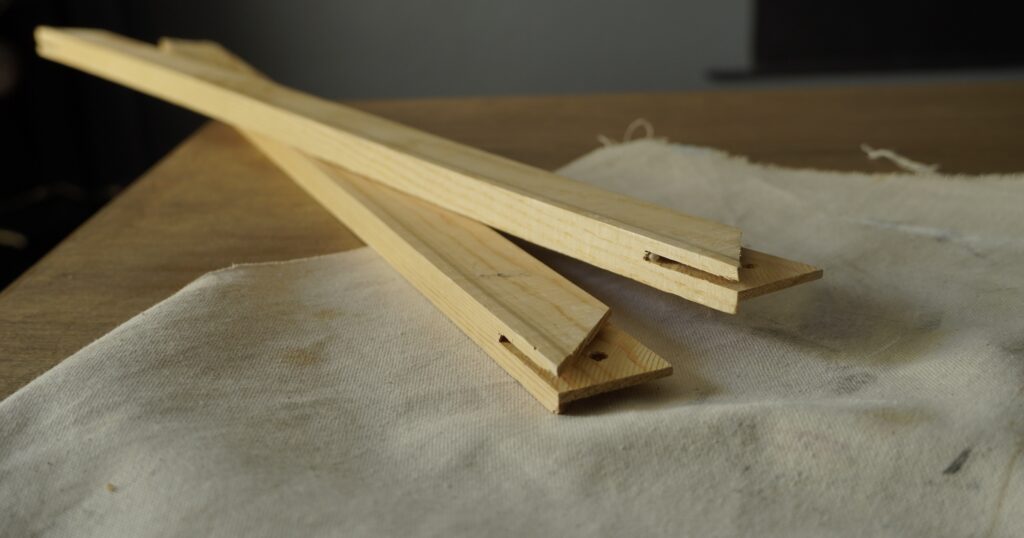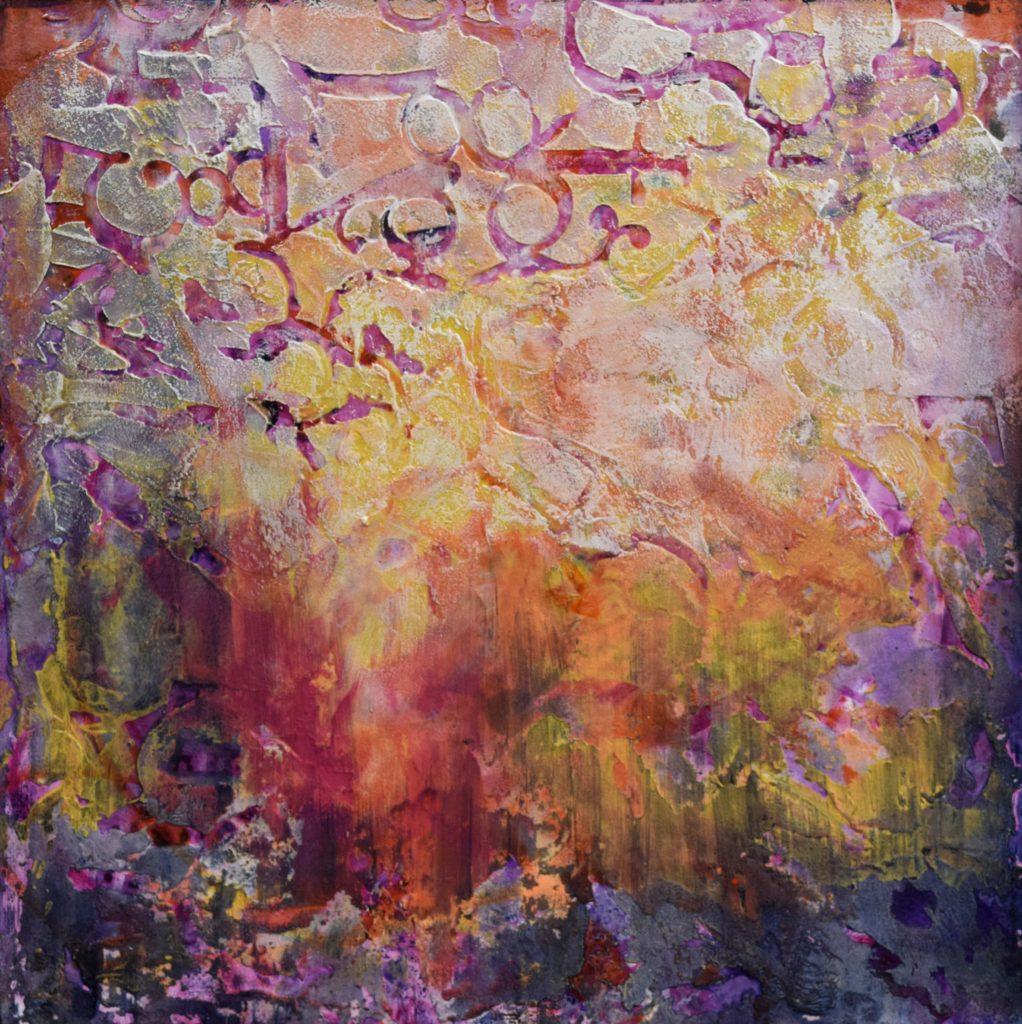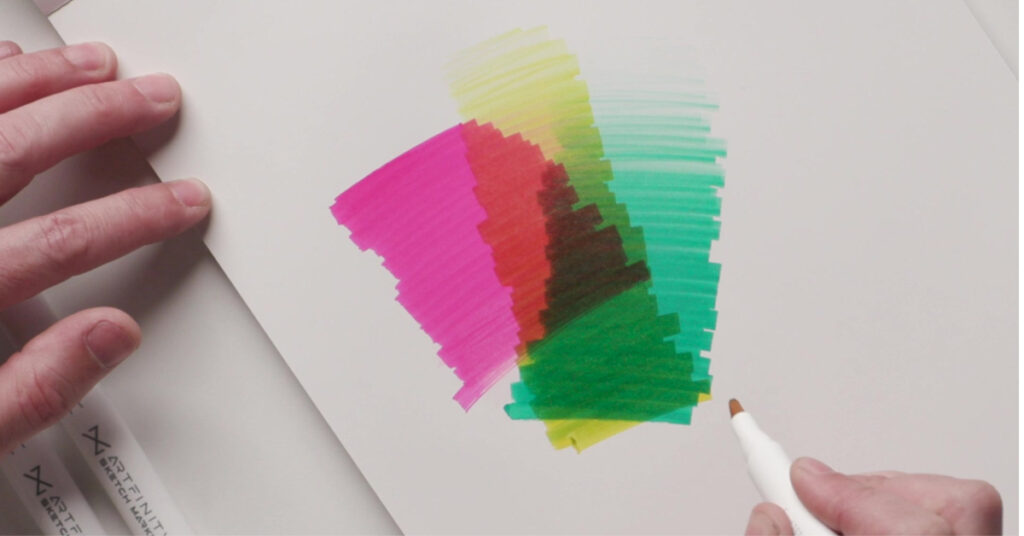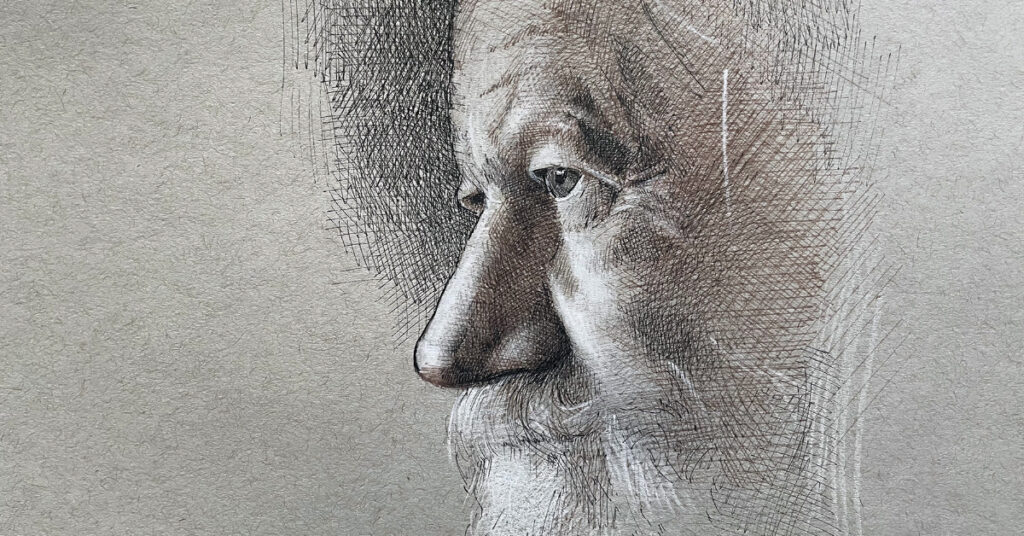Beginners: Watercolor Materials, the Basics

Watercolor
Watercolor pigment is sold in cakes, tubes, and pencils. The binding agent for the pigment is usually gum arabic. Many artists prefer watercolor colors in tubes because they allow more-fluid application and increased control over color intensity, but pans create less mess and boast superior portability. Watercolor pencils permit an artist to draw one moment and brush on a plane of color the next.
Watercolor paper
Watercolor paper is sold in pound weights that reflect how much a ream (about 500 sheets) would weigh. Thus, a thick paper could weigh 300 pounds, making it 300-lb paper. Typical weights for watercolor paper are 90, 140, 200, 300, and 400 pounds. Paper under 300 pounds should be stretched before it is painted on, as it will pucker and curl.
Cold-pressed paper
Pressing paper flat and without heat in the papermaking process lets the sheets retain much of their texture, or tooth, allowing the watercolorist to skim the surface with pigment to create broken lines and a pleasing effect.
Hot-pressed paper
The very smooth surface of hot-pressed paper allows for careful, detailed painting and effective washes.
Rough paper
The extreme texture of this paper can be difficult to manipulate; the assertive personality of rough paper makes working with it a virtual collaboration between artist and material.
Watercolor canvas
This new product allows a watercolorist to paint on a canvas–traditional canvas surfaces would not sufficiently absorb watercolor pigment. The artist can lift off several layers of paint from a watercolor canvas and nearly get back to the white of the surface, which can be a boon for watercolorists who master the trick.
Water
Some watercolorists use distilled water, but regular tap water is the default.






Have a technical question?
Contact UsJoin the Conversation!